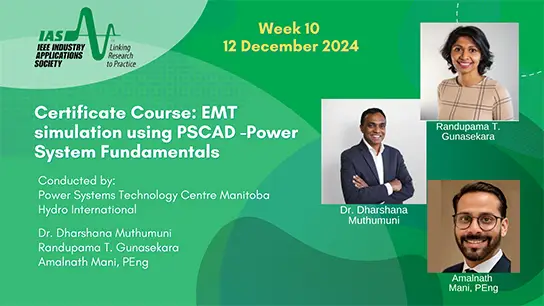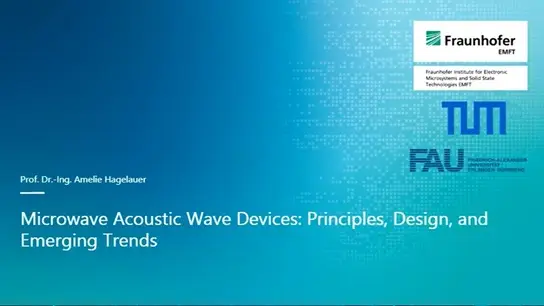Energy Integration Assessment of Renewable-Dominated Regions Based on Stochastic Co-Optimization of G,T and Probabilistic Reserves: A South American Case Study
Ricardo Cunha Perez
-
Members: FreePES
IEEE Members: $11.00
Non-members: $15.00Length: 01:10:16
One of the most effective ways of managing the variability of renewable sources is through the portfolio effect of interconnecting regions with diverse production patterns. The economic assessment of these new regional interconnections requires the following enhancements of planning and operation analytical tools: (i) probabilistic simulations of regional system operation with hourly resolution; (ii) stochastic modeling of the spatial dependence of inflows and wind; (iii) calculation of probabilistic generation reserves; and (iv) because renewables usually affect the countries power flow patterns in a significant way, it becomes necessary to carry out integrated (co-optimized) generation, transmission and generation reserve planning studies. The proposed IEEE PES Webinar includes: (a) description of the new multistage stochastic optimization methodologies for planning (Benders-based joint generation-transmission-probabilistic reserve) and operation (SDDP-based multistage G&T stochastic optimization with hourly resolution, including unit commitment and ramping); (b) description of the analytical schemes for evaluating multi-country probabilistic reserve sharing and other interconnection benefits; and (c) presentation of the recent South American interconnection study, sponsored by the Inter-American Development Bank (IADB), which includes nine countries with a 350 GW capacity (planned for 2036), 6-thousand node HV network and a surface area similar to the European Union (or the USA).


